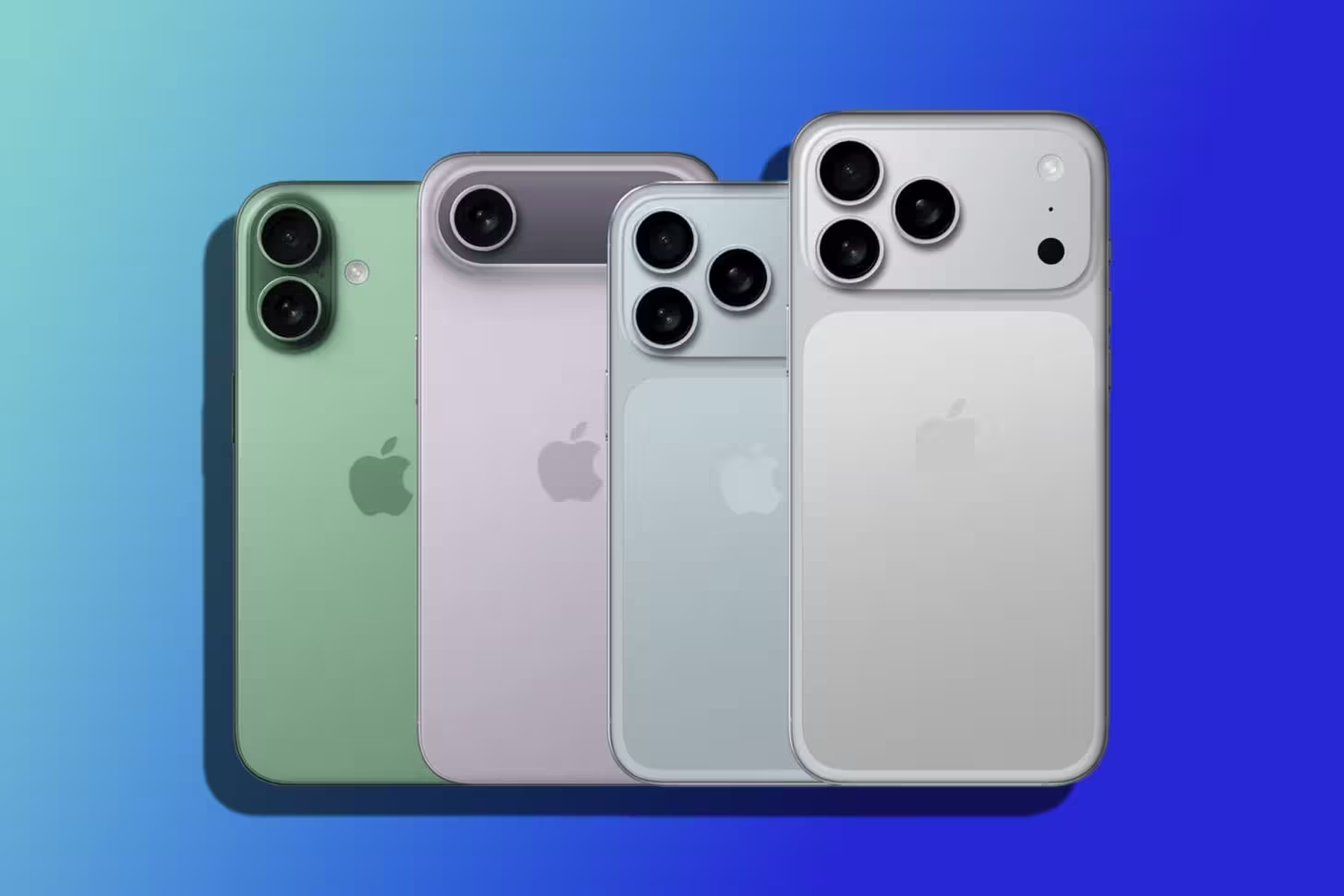3 Minutes
Apple’s iPhone family may be about to get more crowded. An analyst tracking the company’s product cadence says Apple could gradually expand its annual handset roster, with the total rising to six models by 2027 as foldables and cheaper options reshape the lineup.
More iPhones, more choices — and new form factors
Daishin Securities analyst Park Kang-ho, via a Chosun report, says Apple is slowly increasing the number of iPhones launched each year. Apple went from four flagship models last year to five this year after introducing the lower-cost iPhone 16e. Park predicts that trend will continue and that 2027 could see as many as six distinct iPhone models, each targeting different price brackets and buyer needs.
Why the shift? Two major forces are at play: Apple’s move toward foldable phones and the company’s push into more accessible, budget-friendly models. The foldable form factor is expected to be a game-changer — not just as a premium halo device, but as a strategic reason to rethink the whole lineup.
What might the rollout look like?
- 2024–2025: Apple stabilized around four flagships, then added the iPhone 16e as a lower-cost alternative.
- 2026: A pivotal year — analysts expect the first foldable iPhone to debut. Some reports suggest Apple might temporarily delay a base model to avoid a cluttered launch.
- 2027: Park’s prediction points to six total models. TF International’s Ming-Chi Kuo has also suggested Apple could announce both an iPhone 18e and a base iPhone 18 together that year, alongside multiple flagships and a follow-up foldable.

That roadmap is far from certain, but it maps a plausible strategy: stagger introductions to preserve attention for headline devices while filling price tiers that compete directly with a crowded Android market.
Business logic behind a bigger lineup
Apple’s motive is straightforward — broaden appeal and boost shipments. Android makers currently offer many choices across price points and form factors, including feature-rich foldables and aggressive budget models. By increasing model count, Apple can better match demand from budget buyers, performance-focused users, and high-end customers willing to pay a premium for folding displays and the latest silicon.
Apple’s ecosystem advantage — tightly integrated hardware, software, and services — will remain a core differentiator. Future custom silicon, improved battery efficiency, and deeper software optimizations could make an expanded lineup more compelling, whether on a modest 16e-style handset or a top-tier foldable.
A note of caution
Analysts bring educated guesses, not confirmed roadmaps. Park didn’t specify plans for 2026, a key year that could upend or validate his timeline. Supply chain signals, trial production rumors for low-cost models, and the technical hurdles of making a competitive foldable will all influence how many iPhones actually reach shoppers in any given year.
So, while a six-model slate by 2027 is plausible and strategically sensible, treat the prediction as a watchpoint rather than a certainty. Apple’s next moves — especially around foldables and value-focused devices — will determine whether the company sticks to a slower expansion or accelerates its model cadence in response to market pressure.
Source: wccftech


Leave a Comment